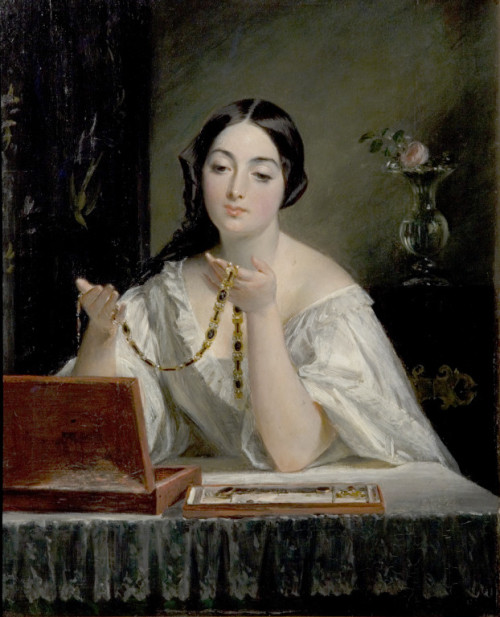Rainbow Six Only Gets Better and Better
The multinational anti-terror Rainbow team successfully ends a hostage situation in Bern, Switzerland. The amazing takedown is the first of many for the team. The team heads back to Hereford, England. They return to their usual schedule of training and practice. However, this uneasy peace is soon broken by a hostage situation in Austria. A wealthy businessman and his employees are taken hostage by fanatic communists. The Rainbow team, against all odds, manage to take down the terrorists and save all the hostages. The two terrorist attacks occurring in such a close proximity raise the eyebrow's of John Clark, head of the rainbow team, and the head of intelligence for the Rainbow team, Bill Tawney. Tawney begins to lead an investigation to search for any similarities between the terror results. Sadly, his investigation comes up empty handed. After the almost disastrous Austrian mission, Major Domingo Chavez requests new gear and a helicopter. A marine helicopter and its crew joins the Rainbow team. Feeling undefeatable, the special operations team heads to Worldpark in Spain. Eight Basque terrorists have taken over Worldpark and have over thirty children hostage, requesting the release of Carlos the Jackel. When the French refuse to release the international terrorist, a terminally ill nine year old is killed in cold blood to make a point. The Rainbow team, stands and watches, as taking any action would result in the death of even more hostages. With the help of their new helicopter and crew, they successfully free the children and kill all the hostages without any remorse. The special forces team returns to Hereford once again, to celebrate another successful mission. Little do they know, however, that a bio-terrorist group is planning to rid the world of Earth's greatest parasite; humanity.
Throughout the novel, Tom Clancy uses the literary term of characterization. He uses this on multiple occasions to give the reader an avid description of the characters he has created.
One example of characterization in the novel would be;
"Sergeant Louis Loiselle was the nearest. Short and dark-haired, he was a former member of the French parachute forces and had been detailed to the DGSE some years before. Loiselle was a vanilla, a utility infielder, good in everything but a nonspecialist specialist-like all of the men, a weapons expert, and, his file said, a brilliant marksman with pistol and rifle. He had an easy, relaxed smile with a good deal of confidence behind it (Clancy 35)."
Another example would be;
"The woman is the dangerous one. They're both smart. They've definitely thought this one through, and they will kill a hostage to make their point, sure as hell (Clancy 176)."
One very large connection I can make to the world today is the hostage situation in Kenya. A group of terrorists took hostages in a mall in Kenya. The Kenyan army was called upon to save the hostages at the mall, and have successfully done so. I can make this connection to Rainbow Six, as the Rainbow special forces team does everything in its power to stop the terrorists. Like at Worldpark, the Rainbow assault team successfully rescued the hostages and took out all the Basque terrorists. These two situations heavily mirror each other.


